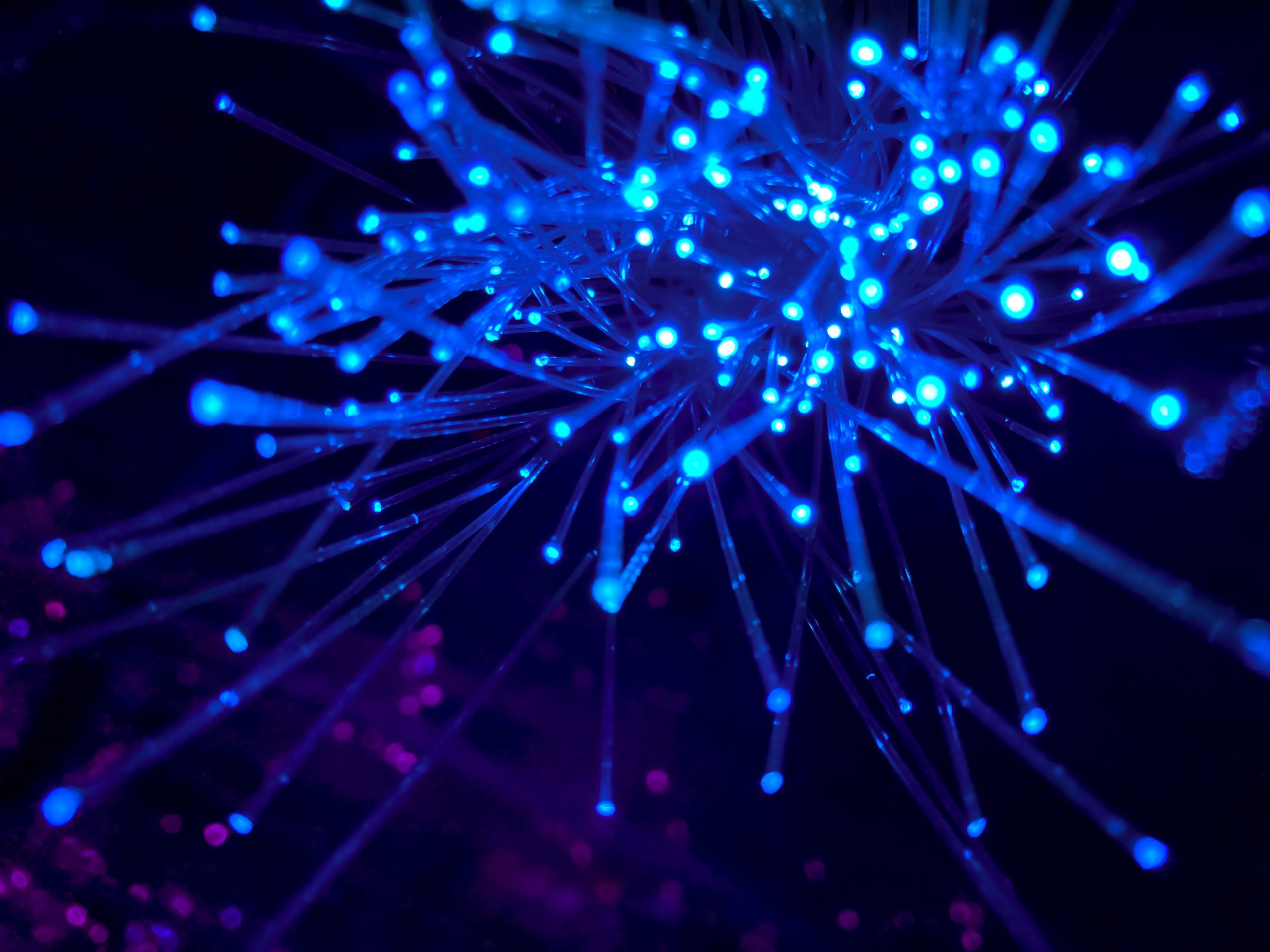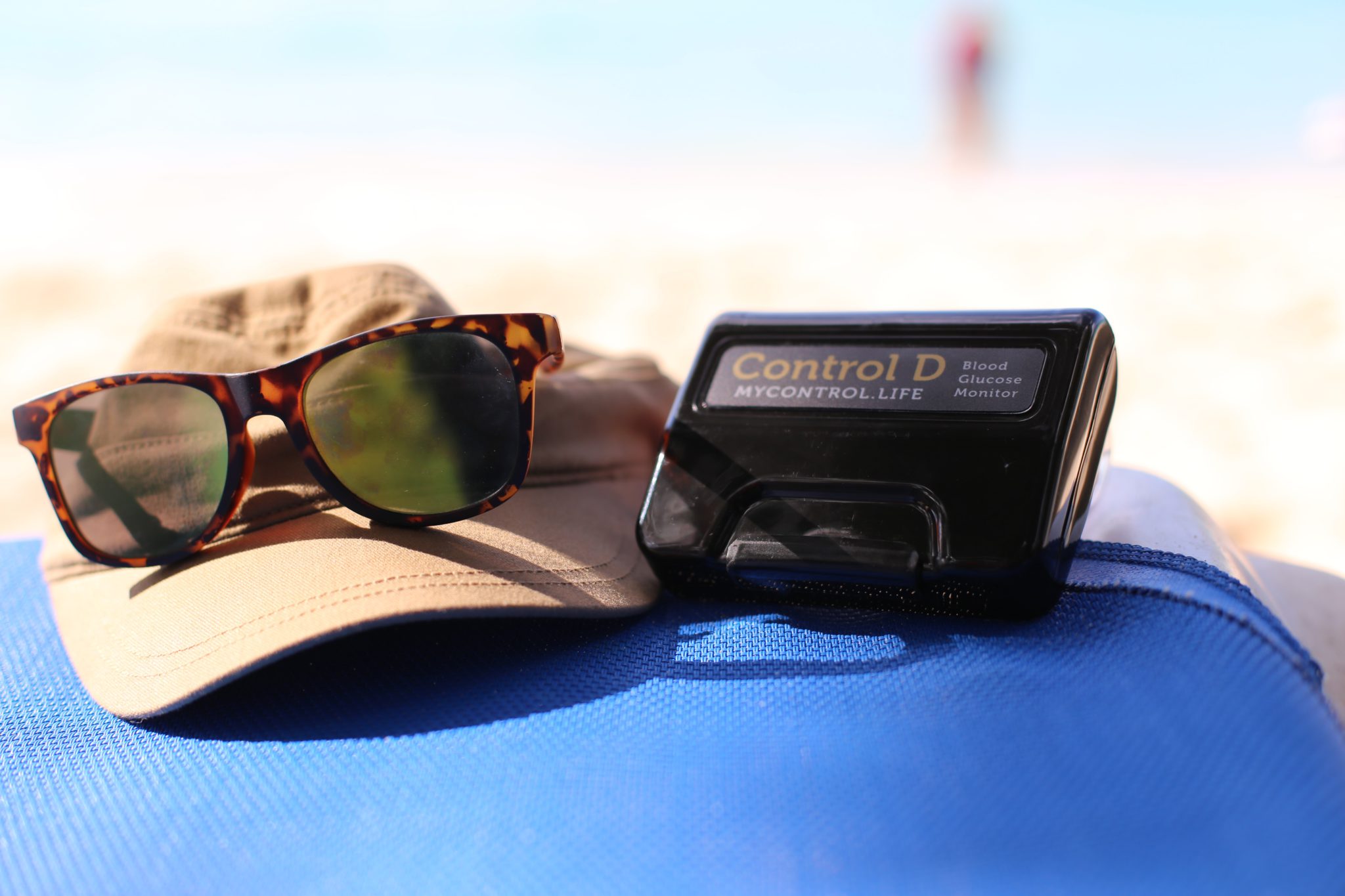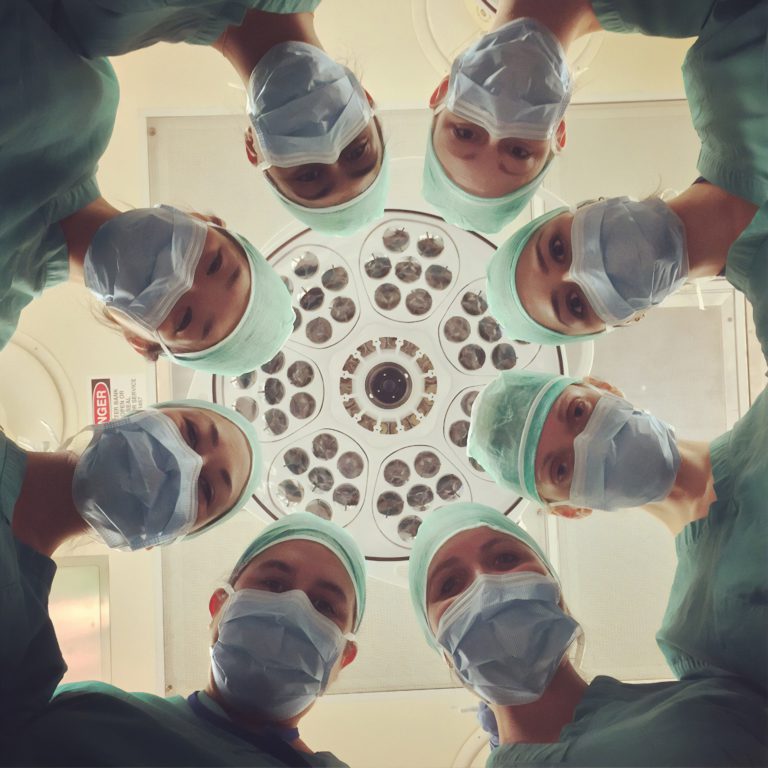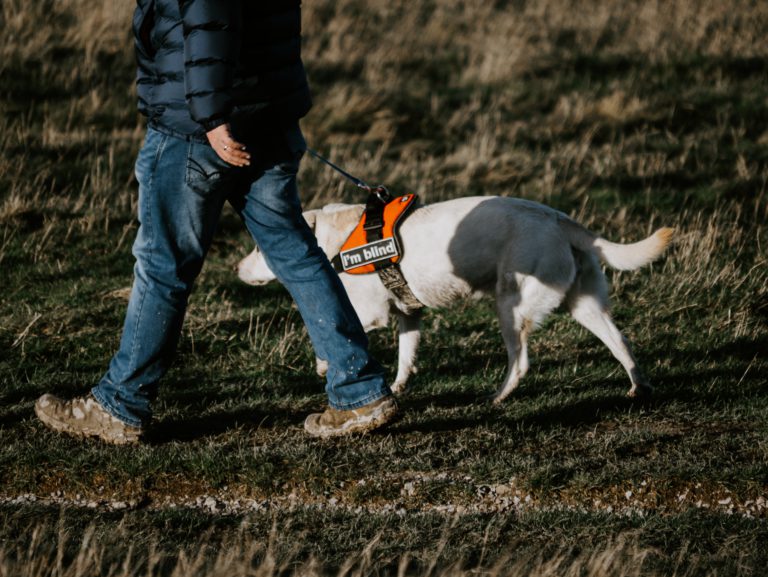Using “SLO” Blue Light to Spot Diabetic Retinopathy
There’s a fresh approach to eye exams — using blue light to probe deep into the eye and reveal areas affected by diabetic retinopathy (DR), a leading cause of blindness. A new study published in Asia-Pacific Journal of Ophthalmology by researchers from Tokyo Medical and Dental University found that blue images obtained by multicolor widefield scanning laser ophthalmoscopy (SLO) may be used to identify areas of DR-induced damage in a larger portion of the eye than using previous methods.
A new use of light to detect diabetic retinopathy
This is an exciting new twist on ophthalmic imaging, which allows clinicians to record the findings from ocular examinations in an objective, reproducible, transmissible and durable way. Ophthalmic imaging plays a central role in ophthalmic disease screening, teaching, clinical trials and in virtual clinics and telemedicine. Many ophthalmic imaging devices also facilitate identification of anatomical and disease features that are not readily visible with standard examination techniques and enable sophisticated quantitative analyses.
The range and sophistication of ophthalmic imaging technologies have increased rapidly in recent years. Current eye imaging methods include fluorescein angiogram, which involves the injection of dye into the eye. This procedure revolutionized imaging of posterior uveitis, in particular imaging of the retinal vascular structures, starting in the 1960’s.
What is SLO?
SLO is a non-invasive approach that does not require dye; multicolor widefield SLO represent an advancement of this technique in which red, blue, and green lasers are used to simultaneously capture images of a wide portion of the eye.
Previous research had shown that blue images captured by conventional SLO revealed hyporeflective areas in the eye indicative of damage associated with DR. Researchers at TMDU sought to further evaluate this finding using widefield SLO.
The Tokyo researchers compared blue widefield SLO images and fluorescein angiogram images taken in people with diabetes. The morphology of the retina was also evaluated in some individuals with DR.
“We found that the hyporeflective areas in the blue widefield SLO images appeared to correspond with areas of ischemia in the fluorescein angiogram images of patients with DR,” explains Kyoko Ohno-Matsui, senior author. “We were pleased to find that the rate of concordance was high.”
Further evaluation of patient images showed that ischemic areas (i.e., areas of reduced blood flow) appeared to correspond with parts of the retina that were thin and partially disorganized.
Conclusion
This study confirms the utility of blue widefield SLO as a simple and non-invasive tool for the detection of DR-associated damage in the eye. This technique may serve as an important means of screening and monitoring disease progression in individuals with DR. If DR goes unchecked, patient will require treatment to prevent blindness, such as Anti-VEGF therapy. If you want to learn more about how to use Anti-VEGF Injection Therapy For Patients With Diabetic Retinopathy, we have covered it in detail on the previous link.







